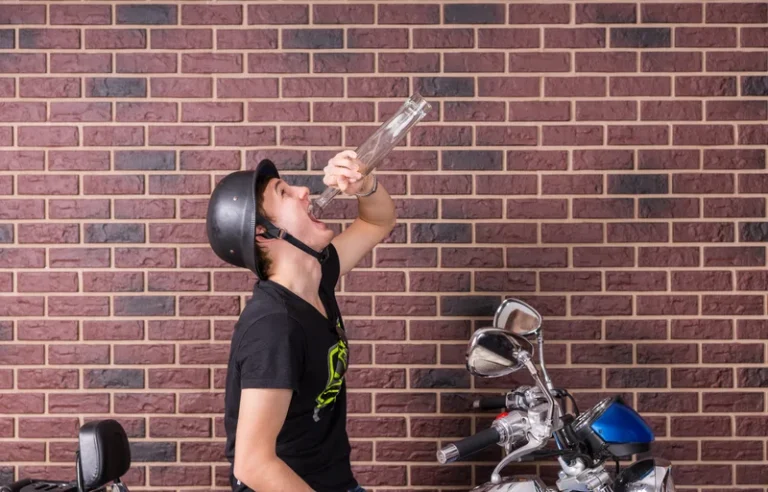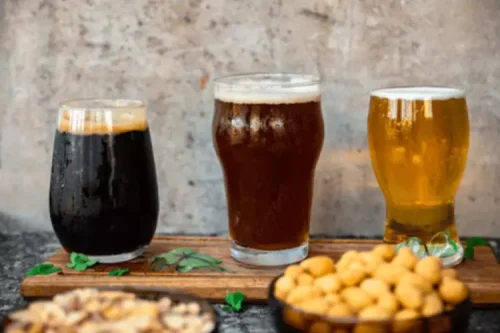10 Ideas for Substance Abuse Group Therapy Activities

This will help make the clients more comfortable to share if everyone remains anonymous. Role-playing scenarios allow individuals to practice and refine their coping strategies in a safe and supportive environment. By taking on different roles and exploring substance abuse group activities various situations, participants can develop effective problem-solving skills, learn assertiveness techniques, and build resilience. During art therapy sessions, participants are encouraged to explore their thoughts and feelings through visual expression.
Share this:

Many recovery groups encourage gratitude by having members write gratitude lists. These lists can include anything you feel grateful for, from your sobriety to your loved ones to your favorite foods. That’s why some recovery groups encourage members to bring candles, essential oils, and other aromatic materials. Group members can then discuss their favorite scents and the feelings they provide.
Can Cocaine Addiction Cause Anxiety?
Once the list is complete, the group can brainstorm practical ways to implement behaviors that will help achieve these goals. The activities should reflect the goals and composition of group members as well as the theoretical approach used by the group leader or therapist. They may bring one luxury item, one entertainment item, and one survival item. This is often a revealing activity that can help members get to know one another. In this activity, clients will each get an index card to write down three things about themselves.
- A group leader must evaluate either subjectively or objectively (or both) how the group members have progressed and whether goals have been met (Levine, 2011).
- You can also keep a compassion box in which group members can write positive notes for other members.
- This group therapy ice breaker has 4 parts; first, participants will first get into relatively small groups of between 5-10 people.
- Improved communication can help individuals mend relationships damaged by addiction.
- It allows participants to share something about themselves, use their creativity and imagination to come up with a convincing lie, and learn interesting things about the other group members.
- This worksheet provides some helpful theoretical insights into the activity.
Mindfulness Techniques
Narrative group therapy is an existential approach to therapy and allows clients to take ownership of their story by sharing it and rewriting it (Clark, 2014). Members of the group will each get an index card with a topic on it (any random topic will do). This fun activity allows members to open up, get creative, and express ideas and opinions about specific topics. Pratt (1907) believed that the emotional connection and support led to increased hope and physical improvement. Childhood begins with a family of origin group and then progresses to groups for education, social activities, shared interests/hobbies, and work.


Ideally, it should provide some insight into how this can be achieved and motivate them to pursue them. Ask each member one of these questions or all of these questions if time permits, and encourage them to give it some thought and answer it honestly and in a meaningful way. These questions should be fun and interesting questions that will help the members get more comfortable talking about themselves. This exercise can help the child compare how they think, feel, and behave when they are struggling with an emotion, to how they might think, feel, and behave if their thinking were to change. It can help children to understand the value of modifying their thinking to make it more positive, in addition to helping parents and other family members understand what the child is going through. This worksheet includes an outline of a person or child with six boxes to fill in, three on each side.
Write questions or statements related to the group topic on masking tape and place them randomly around the beach ball and pass it around to group members. When clients catch the ball, they have to talk about the statement or answer the question closest to their right thumb. Ask your clients to share what their tombstone would say if they were to die today. Pass out pre-printed outlines of a tombstone and ask your clients to think about this exercise seriously.
What is a CBT Activity?
If you are working with members that don’t jump at the chance to speak in front of the group, having a specific set of questions to guide the check-in process can be helpful. This activity can spark some great discussion and encourage positive social interaction between group members, so make sure not to cut it off too early. It is usually a complement to individual therapy and sometimes medication as well, although it may be used as a stand-alone treatment for certain issues or problems. Recovery from addiction is often visualized as a battlefield where one’s inner demons are the foe. These inner enemies come armed with deceptive allure, masquerading as friends or saviors, promising relief, pleasure, or escape.
- Addiction isolates you from those around you, such as friends and family, and you get used to mostly being on your own.
- Facing drug addiction or alcohol abuse can be an isolating experience, which is one of many reasons why treatment providers use group therapy and peer support in their programs.
- Talk about how differently people perceive things based on who they are and the situation at hand.
- Icebreaker games not only foster a sense of inclusivity but also help combat nerves and hesitations that can arise when discussing sensitive topics.
- You’ll need a whiteboard or a large piece of paper and different colored pens.
Have the clients write their names in the middle of their poster with a marker of their choice. You can also spread the affirmations on a table for your group participants to look through. For the group’s first half, allow your clients to paste the strips to their posters. However, it’s up to you to find the right style and technique, such as group therapy, that might make it easier for you to commit to the process.
